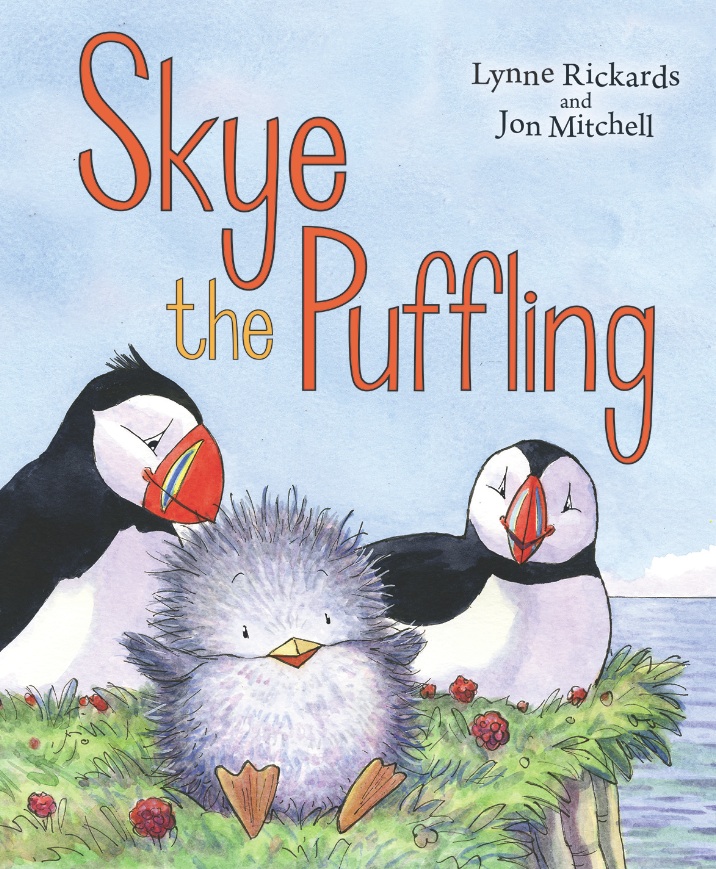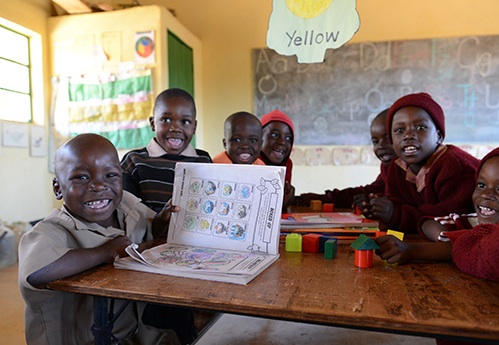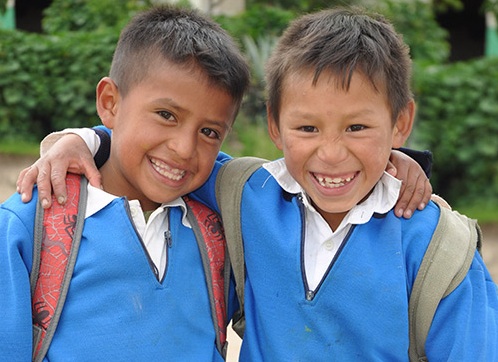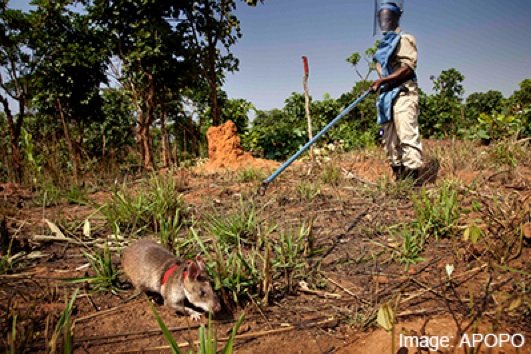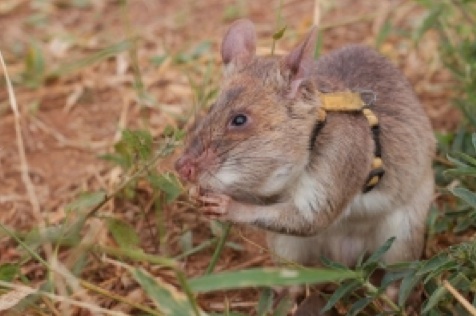
Most people around the world recognise this famous young climate change activist from Sweden. When Greta Thunberg was only eight years old, she learned that the air pollution we humans create by burning fossil fuels is causing terrible damage to our planet.

Many cities are choking with coal smoke and car exhaust. In China, sometimes the air is so polluted that children have to stay indoors. All this pollution is building up in the atmosphere, and causing temperatures to rise around the world. This has brought about dramatic changes in the weather, with serious floods and hurricanes in some places, and hot, dry weather leading to terrible wildfires in others. These higher temperatures also affect the habitats of many animals, birds, sea creatures and insects. When a food source dies out because of these changes, the survival of many other creatures is at risk:

Greta was shocked by all of this information, but what she found most upsetting was the fact that no one was doing anything about it. How could people just carry on as if everything was fine? The science was clear: we would have to act now to stop climate change, or the young people of today would have no future.
In August 2018 when she was 15, Greta decided to go on strike. Every Friday she sat outside the Swedish parliament building in Stockholm with a sign: School Strike for the Climate. She handed out flyers with a list of facts about the climate crisis, explaining why she was striking. At first she was alone, but soon other climate activists shared photos and news about her online, and many more people heard her message. Other young people who cared about the future joined her Friday strikes, and in time there were marches and demonstrations happening all over the world.

Greta has been invited to speak at many international conferences, and has received awards for her environmental work. Her message is stark, and it is aimed at all politicians who have the power to make the changes that are needed. All her speeches so far have been collected in a book called No One is Too Small to Make a Difference.

Her speeches are direct and powerful. She is proud to have Asperger’s, which she describes as her superpower, because it allows her to see the simple ‘black-and-white’ of issues. She is criticised by rich white men and told she should go back to school. This is what she says to them:
“You are not mature enough to tell it like it is. Even that burden you leave to your children. But I don’t care about being popular; I care about climate justice and the living planet. We are about to sacrifice our civilization for the opportunity of a very small number of people to continue to make enormous amounts of money. We are about to sacrifice the biosphere so that rich people in countries like mine can live in luxury. But it is the sufferings of the many which pay for the luxuries of the few.”
Greta Thunberg, Unpopular, UN Climate Change Conference, Katowice, Poland, 12.12.2018
Greta is an inspiration for millions of young people, and lots of older ones too! We can’t all be dedicated climate change activists, but no one is too small to make a difference. Here are a few ideas for how we can all do something to help:
• Air travel causes huge amounts of air pollution. While it’s not easy for everyone to sail across the Atlantic like Greta, it is possible to reduce how much we fly, and think about using trains and other public transport whenever we can.
• Animal agriculture is another major cause of pollution and environmental damage. If we eat less meat, we can help the planet and improve our health at the same time.
• Mass production of plastics, electronic gadgets and clothing is clogging up our environment. This Christmas, give a gift you’ve made yourself, forget the wasteful wrapping paper, and instead of sending cards, why not give them a call?
• Importing food from across the world produces lots of pollution, since most of it has to be flown in. Try and choose foods that are grown more locally whenever possible, and remember to avoid all the plastic packaging.
• Energy companies that use renewable sources like solar, wind and tidal power are becoming more common now. In time, we should all get rid of gas boilers and petrol cars and switch to renewable electricity for all our power needs.
• What else do you think we can do?


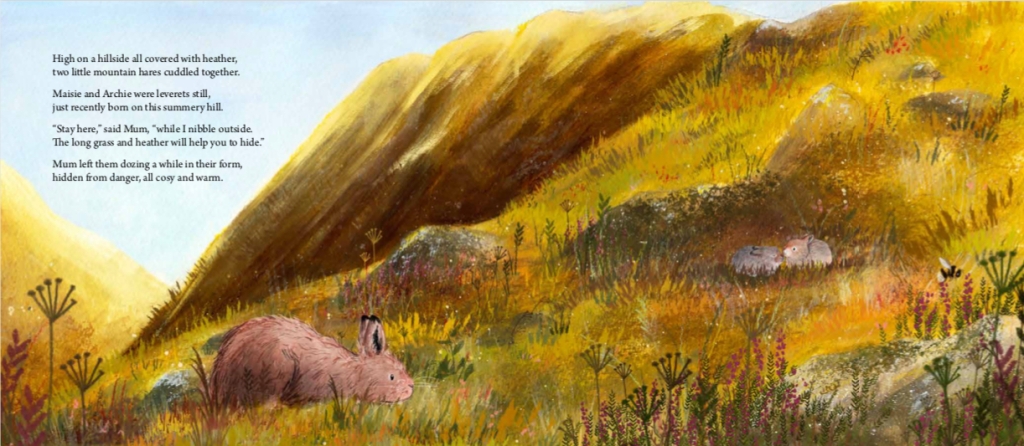


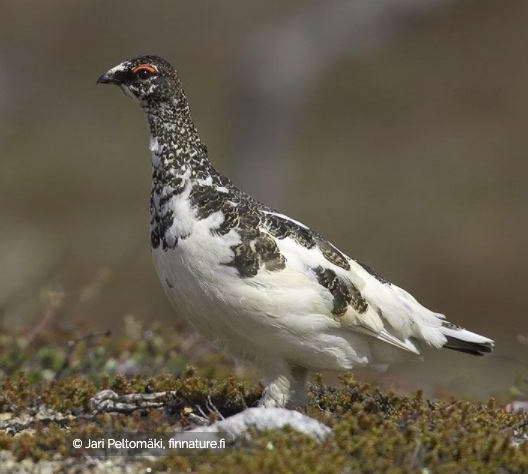






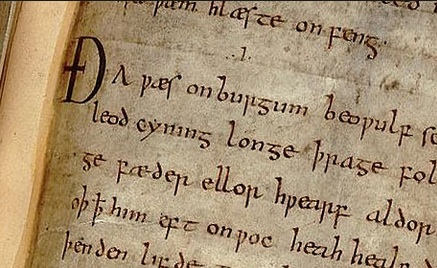


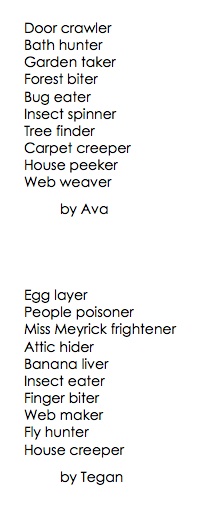
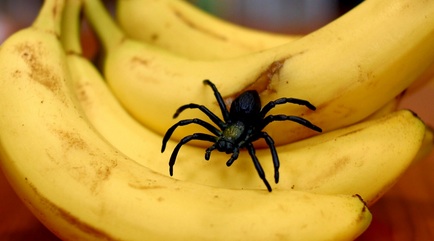
 It sounds like a pretty scary film! Here’s a link to the trailer on YouTube:
It sounds like a pretty scary film! Here’s a link to the trailer on YouTube: 
